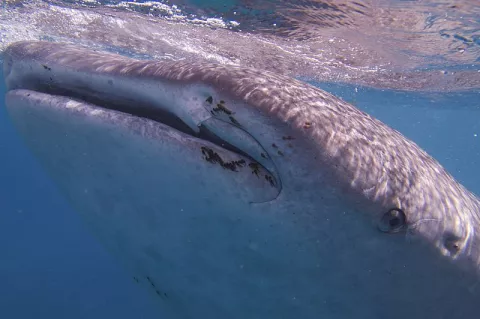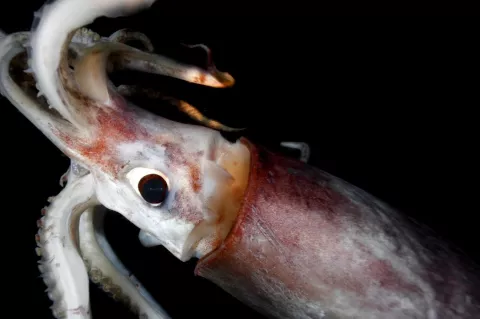Guadalupe Island: Great White Shark Adventure
Rising out of the depths, a shape emerges from the shadows, methodically swimming in a wide arc. The outline is unmistakable, as it continues to climb and inch closer at every turn. With one last pass, seemingly in slow motion, I am struck by the sheer enormity of the creature in front of me.












